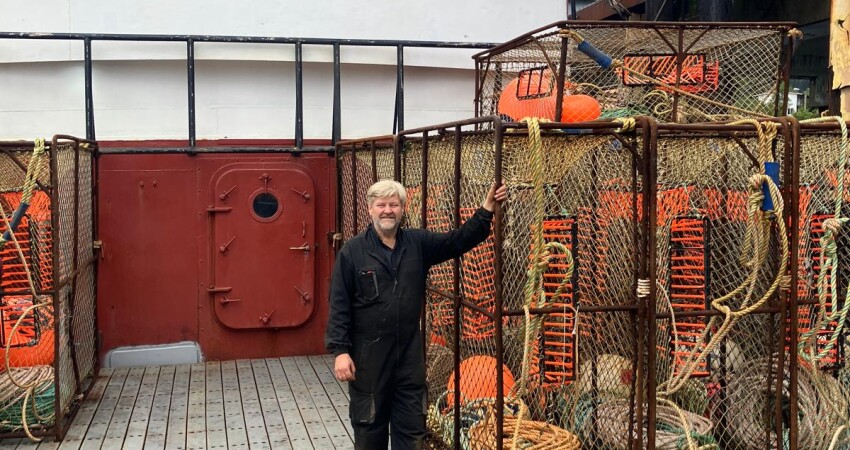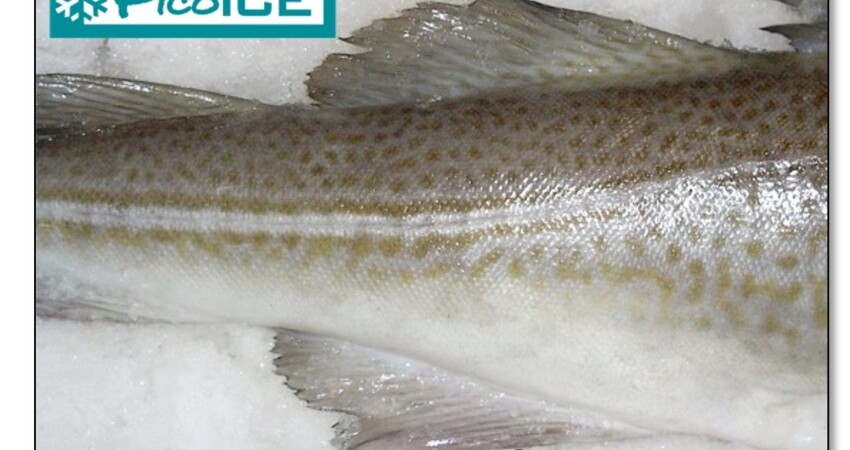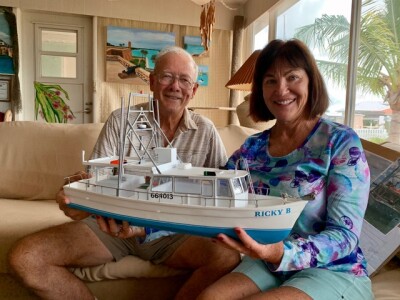Since it began in 1884, the Bristol Bay sockeye fishery has transformed from a cannery fishery to a fresh frozen fishery that competes with farmed salmon in the global market. Improving the quality of the catch has become a top priority for fishermen and processors looking to fetch higher prices.
But when the fish come fast and furious, as they did in the record breaking 2023 season, quality is usually the first casualty.
A Norwegian company, Green Iceberg, believes it has a solution: PicoICE – extremely small ice crystals that form a slurry around the fish, which chills them faster, slows bacteria growth, and holds product at 29 degrees Fahrenheit for extended periods of time.
“Our machines are designed to generate ultra-small ice particles that form a silky, gel-like, pumpable solution directly from fresh seawater,” says Snaebjørn Gudnason, Green Iceberg’s chief technology officer and the inventor of the PicoICE technology. “The important thing is that we get the core temperature down to 32 Fahrenheit before the fish goes into rigor, and that delays the start of the quality clock.”
The company’s PicoICE machines are being used in a processing plant in Norway where they have been shown to cut energy costs by two-thirds. “We recently installed a system on a 55-meter fresh fish vessel in Norway,” says Gudnason, “and we have another installation scheduled for January.”
Gudnason notes that while PicoICE is delivering great results in Europe, the company has faced challenges in adapting its machines to Alaska fisheries. “We have seen some promising results,” he says. “We are about halfway there.”
Dan Strickland, Alaska liaison for Green Iceberg, explained. “We put a machine aboard the Seabrooke, from "Deadliest Catch," but it didn’t work out as we had planned. They had two big IMS RSW (Integrated Marine Systems refrigerated seawater) systems with 4-inch piping, and our machine was made for 1 ¾-inch. We thought we could make it work but we kept blowing out seals.”
When the machine did work, it delivered the results Green Iceberg was looking for, and Strickland remains confident in the PicoICE. “Everyone believes the problems can be solved. They’re using the technology successfully in the Northeast Atlantic, and we’ll get it working here.”
As Strickland sees it, the benefits of using PicoICE are so great that the industry will want to adopt the machines.
“We want to get a machine or two onto a tender or in a processing plant so we can show what it can do. We did have a load of fish we sent from Naknek to False Pass on a tender with PicoICE. Even though we had some issues with the water they had to use on the tender, when they got down there, the buyer said it was the best fish he’d ever seen.”








